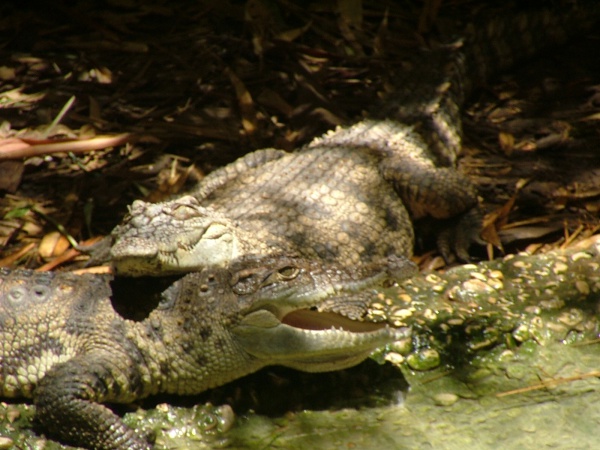Facts About Siamese crocodile
The Siamese crocodile, also known as the Siamese freshwater crocodile, is a critically endangered species native to several Southeast Asian countries. This medium-sized crocodile is characterized by its olive-green color and varies in size depending on age and gender. It predominantly inhabits freshwater environments such as rivers, lakes, and swamps.
Despite its critically endangered status, there remains much to learn about the Siamese crocodile, particularly regarding its reproductive behaviors. These crocodiles primarily consume fish, snakes, amphibians, and small mammals. Females construct mound nests and remain nearby to guard their eggs until they hatch.
The Siamese crocodile confronts numerous threats, including habitat loss due to human activities such as farming, dam construction, and the use of chemicals. Additionally, they are at risk from illegal capture for commercial farming. In response, countries like Cambodia, Laos, and Thailand are implementing conservation strategies, including breeding programs and habitat protection.
Various organizations are actively engaged in protecting this critically endangered species. Their initiatives include conducting population surveys, managing captive breeding programs, and involving local communities in efforts to preserve the crocodile's natural habitats. The species also faces threats from poaching, habitat destruction, and hybridization with other crocodile species, which can compromise their genetic integrity.
The future of the Siamese crocodile relies on robust conservation efforts, habitat protection, and sustainable management practices. These measures are essential to ensure that this unique species continues to thrive in the wild.

 Laos
Laos